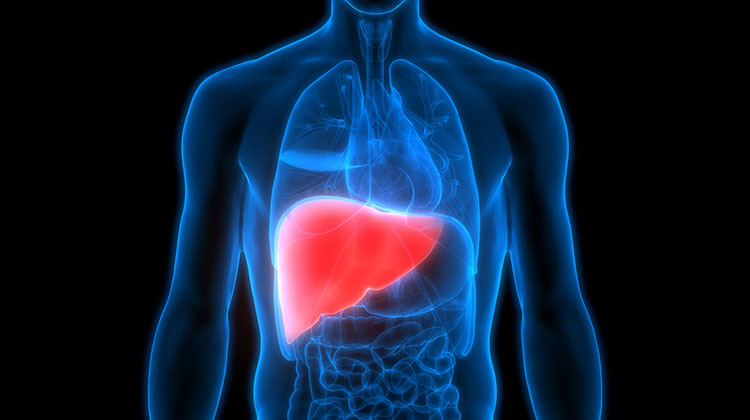Chemotherapy Drugs for Liver Cancer: The Complete FAQ Guide In 2025
Do you know that the progression of liver cancer cases is notably higher than other cancers? The world of science also strives best to deal with them. Indeed, the initial stages are easy to treat with a promising prognosis. However, with late stages, treatment strategy can be a little bit harder simply not impossible. There are various chemotherapy drugs for liver cancer are available and they’re kept on arising more to bring positive impact on quality of life.
This article is all about chemotherapy drugs for liver cancer. You will find content not only related to drugs but their types, manufacturing, storage, benefits, etc. Also, how they’re prepared, machineries, production lines and so much more. Let’s have a look at informative content now.
1.What are chemotherapy drugs for liver cancer?
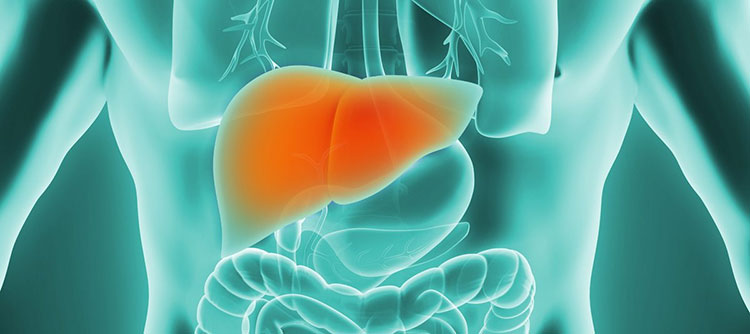
Chemotherapy drugs for liver cancer- Picture courtesy: GI Cancer Institute
Chemotherapy drugs for liver cancer are a good strategy planner used for the treatment of liver cancer. Previously, this treatment was seldom used for the management of liver cancer, but now interventions and plans have changed, so new protocols consider it as a suitable option for betterment. They’re very helpful and are now used primarily instead of surgeries and radiation. Also, this is a good choice when other treatments have failed or are non-compliant to patients. However, they are mainly designed to infuse in a combination of two or three chemotherapy drugs.
2.When are chemotherapy drugs for liver cancer used?
A chemotherapy drug for liver cancer is actually known as a systemic mode of treatment that goes inside your circulatory system to induce its action against the progression of abnormal cell growth in the liver cells. There are certain conditions in liver cancer where this mode of regimen is used, for example:
Pre-Operative Therapy
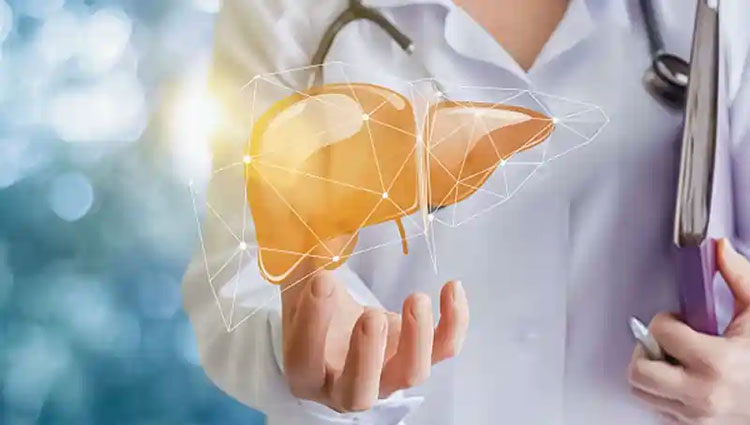
Pre- Operative Treatment- Picture Courtesy: Best Cancer Hospital
Whenever there’s a disease state, the priority of the healthcare team is your survival. The surgery is considered the primary step to remove the section of abnormal cells. However, chemotherapy drugs for liver cancer are also used as neoadjuvant solutions that can reduce the size of tumor cells. Therefore, it makes it easier to operate the region without going for a broad invasive protocol.
Post- Operative Treatment
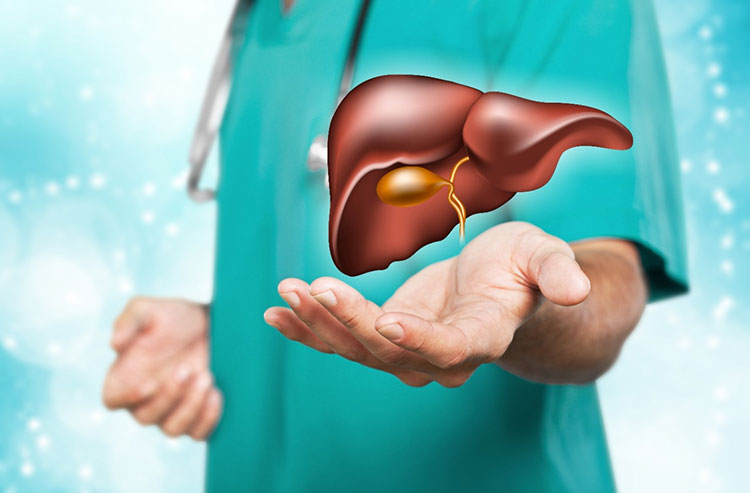
Post Operative Therapy- Picture courtesy: Aegle
This is also known as an adjuvant therapy. To minimize the chances of the presence of cancerous cells inside the liver, chemotherapy drugs for liver cancer are implemented. Because surgery can assure you 100% that entire abnormal cells are removed. Therefore, systemic treatment is also provided to work synergically in the improvement of a disease state.
Medical Care for Patients
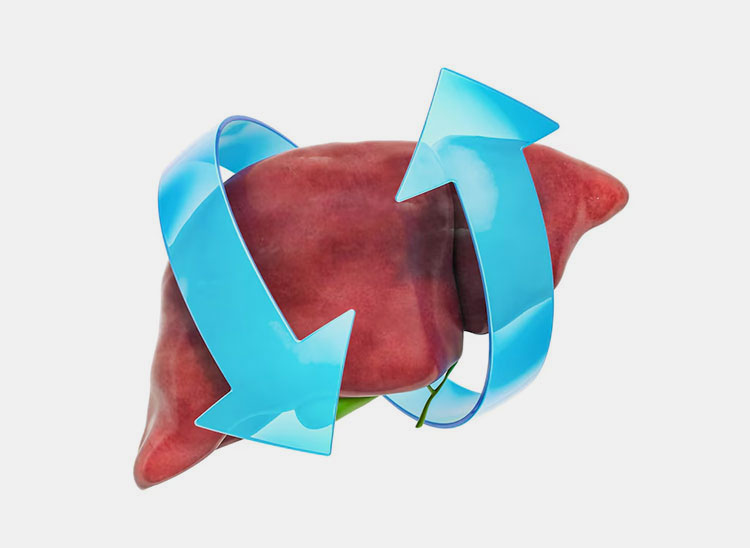
Medical Care for Patients
When the patient is diagnosed with their end stages, the invasive treatment or surgery doesn't work. In that case, chemotherapy drugs for the liver are a suitable option as a palliative therapy. It does not allow the cancer cell to progress rather it slows down the progression of the tumor. In this way, the quality of life of the patients can be improved and it may relieve the pain.
For the Localised Treatment of a Tumour
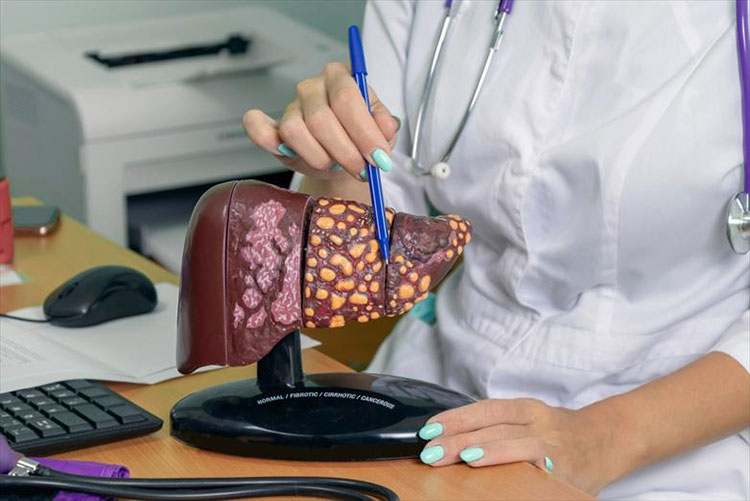
For the Localised Treatment of a Tumour- Picture Courtesy: My Doctor Online
For a localized treatment of a tumor, certain sorts of cancer are benign, in that case, you directly inject the chemotherapeutic drugs for liver cancer into the hepatic cells to treat and eliminate its further progression. Such a treatment strategy is mainly used when there is no option for surgery or radiation.
For Systemic Action
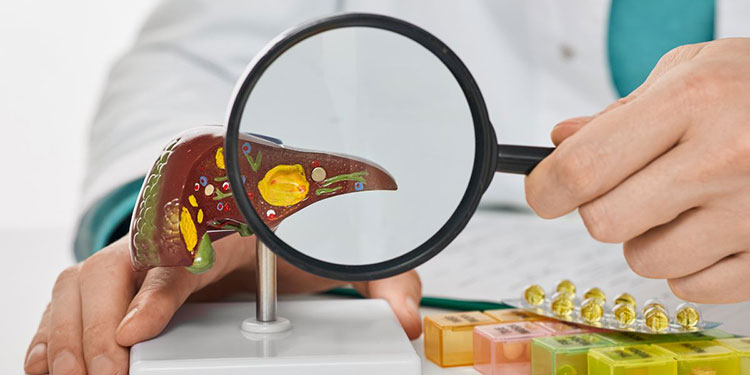
For Systemic Action
This is involved with the combination of oral as well as systemic infusion to manage the state where there is no option for other treatments. The chemotherapy drugs for liver cancer involve the administration of oral as well as infusion formulations to decrease the spread of cancer cells.
3.How effective are chemotherapy drugs for liver cancer?
The chemotherapy drugs for liver cancer are very effective in offering the mentioned below benefits:
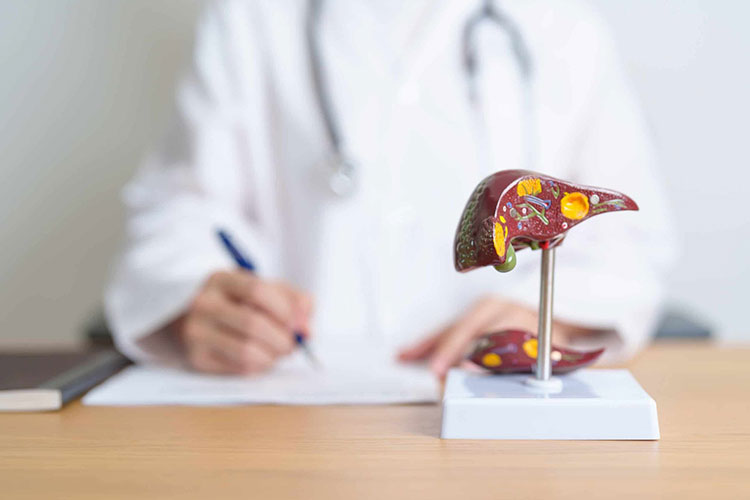
Significance- Picture Courtesy: Cancer Research Institute
| Aiming to Improve Life Expectancy | Nevertheless, the chemotherapy drugs for liver cancer can't let the patient live long, but they aim to improve life expectancy and offer a quality life by slowing the fast-paced multiplication of hepatic tumor cells. |
| Relaxing Mode of Treatment | The chemotherapy drugs for liver cancer are indeed a flexible way and give significant results when it comes to dealing with either malignant or benign liver cells. Moreover, many categories of patients refuse other ways, such as radiation or surgery, and opt for chemotherapy due to its flexible approach. |
| Cells Shrinkage | This is an effective therapy to shrink the abnormal mass of the cells and is significant where surgeries can’t be done. The drugs act as a target inhibitor of tumor cells and cause shrinkage with a possible decline in their growth. |
| Aiming for Symptomatic Treatment | When there is a liver cancer state, the patient is more prone to hepatic failure, jaundice, or related diseases. The chemotherapy drugs for liver cancer seem to be very effective in minimizing the risk for certain conditions, hence are best known for aggravating unwanted symptoms. |
4.What are the common chemotherapy drugs for liver cancer?
There are certain approved chemotherapy drugs for liver cancer known as standard therapy, while some of them are still used on a trial basis. We have described the commonly used medication right below:
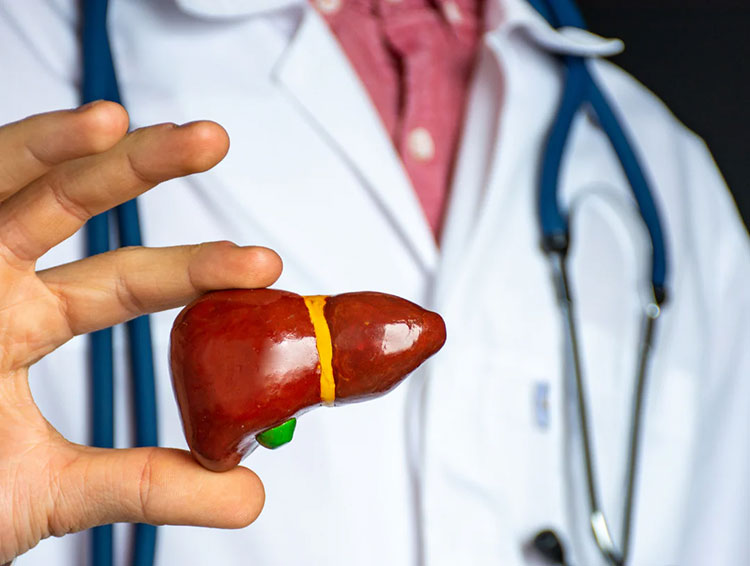
Drugs- Picture courtesy: London Health
| Drug | Class of Drug | Mechanism |
| Doxorubicin (Adriamycin) | Anthracycline | These are remarkable anti-cancer agents that mainly work by damaging the DNA of cancer cells. So, once the DNA gets damaged, it already causes cell death. This is a powerful drug and is mainly used in the various regimes of anti-cancerous protocols. This drug is mainly famous for causing side effects related to the heart if used in the long term.
|
| Cisplatin | Alkylating Agents | This is another very strong entity that deals with liver cancer. This is also best known for platinum-based drugs that crosslink DNA and bind with nuclear material to damage the activity of the cell by rupturing it inside the nuclear structure. This chemotherapy drug for liver cancer is mainly administered to patients with a combination therapy of doxorubicin as well as 5-fluorouracil. |
| Fluorouracil (5-FU) | Anti Metabolites | This is another commonly used medication that is mainly used for every type of liver cancer cell. This type of chemotherapy chiefly acts by damaging the DNA and RNA of all of the cancer cells, therefore inhibiting the activity of all further progression of liver cancer cells. |
| Mitomycin C | Antineoplastic Antibiotics | This category of chemotherapy drugs for liver cancer is also responsible for cross-linking inside DNA materials and stops the process of further cell division. Also, it deactivates normal activities and causes cell death. Therefore, it is mainly used in a combination of various cancer treatment regimens to prevent the progression of the disease. |
| Oxaliplatin | Platinum-Containing Antineoplastic Agent | This drug is principally used in combination with regimens to treat the type of liver cancer that has spread or metastasized to other regions of the body. For example, colorectal and adjacent parts. |
5.How chemotherapy drugs for liver cancer are given?
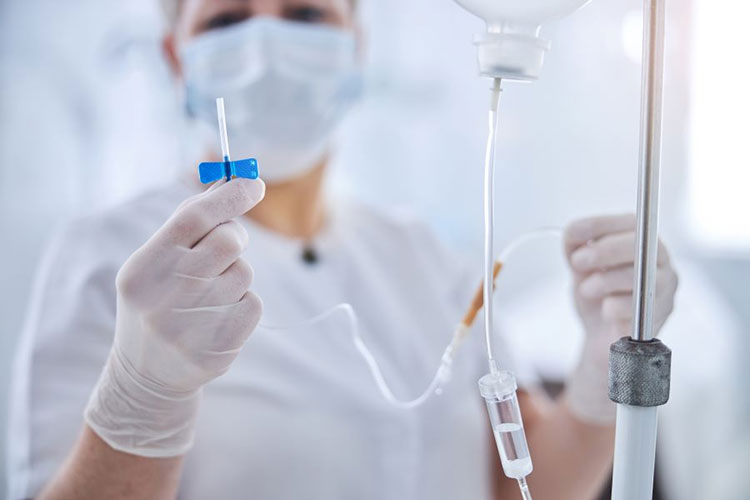
Route of chemotherapy drugs for liver cancer- Picture courtesy: Health AT home
The basic planner for chemotherapy drugs for liver cancer is to enter the systemic circulation and facilitate the effects on to target site, specifically making them unique and beneficial to control over unwanted progression of the disease. The methods of medication administration are:
| Oral Intake | Various available medications are suitable for oral intake. They are available in the form of capsules and tablets, making it an easy way to get therapeutic benefits. |
| Intravenous Infusion | The primary mode of chemotherapy for liver cancer is IV. This way is useful and offers direct reaching of effects towards the systemic circulation without affecting the active ingredients from gastric enzymes. Moreover, they’re mainly filled and packed in ampoules and vials, and their doses are reconstituted in either normal saline, dextrose, or Ringer's lactate drips before infusion. |
| Central Venous Catheter or CVC | This is a large tube-like device that is placed in your body with the help of a surgical process. A small incision and fixing of this tube ensures continuous and smooth treatment by infusing the chemotherapy drugs for liver cancer. Also, the same line is used for nourishing your body, such as nutrients, blood supply, trace elements, etc. |
6.What is the composition of chemotherapy drugs for liver cancer?
There are several types of chemotherapy drugs for liver cancer with different active ingredients. We have described the central theme of the composition just below:
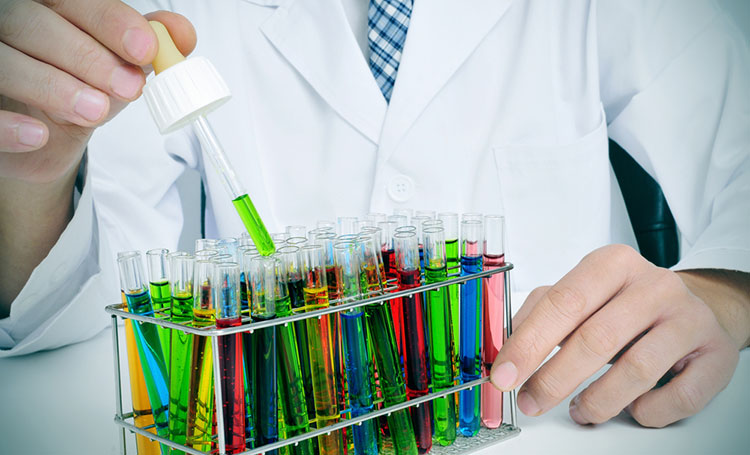
Composition of chemotherapy drugs for liver cancer- Picture Courtesy: Colon Cancer
| Anticancer Cytotoxic Entity | This is the main agent that is responsible for the inhibition of cell division by different mechanisms, such as either invading DNA, disrupting the cell wall, or protein replication etc. A major agent gives a therapeutic response and is extracted either naturally or formulated synthetically to bind with the specific site of the cell and stop the progression. |
| Pure Water | In the formulation, water involvement is critical and paramount. The salt and trace elements are dissolved in water. The chemotherapy drugs for liver cancer are mainly available in liquid formulation, and the major diluent is available in pure water. The medium is also merged with elements so forming solvents like sodium chloride, dextrose, or just purified water. |
| Stabilizers | To maintain the potent activity of active pharmaceutical ingredients, stabilizers are mainly added to chemotherapy drugs for liver cancer. The commonly used ones are citric acid, phosphate elements. They help in providing greater protection against rapid oxidation and degradation of drugs. |
| Preservatives | The addition of benzyl alcohol, or parabens, is relatively very common to extend its shelf life. It works as a potent preservative and often used in pharmaceutical preparations of chemotherapy medications. |
| Surfactants | You have noticed that the reconstitution of chemotherapy drugs is very easy, and they disperse in water or solvent medium rapidly. It is due to the addition of surfactant that offers high solubility properties to the drug to dissolve. For example, polysorbate 80. |
| pH Adjusters | The pH adjusters make chemotherapy drugs for liver cancer compatible with your body system; the pH adjuster is used in the composition of the drugs. Therefore, it minimizes the chances of reactions when it enters the body's circulatory system. For example, sodium hydroxide, hydrochloric acid. |
7.How are chemotherapy drugs for liver cancer prepared?
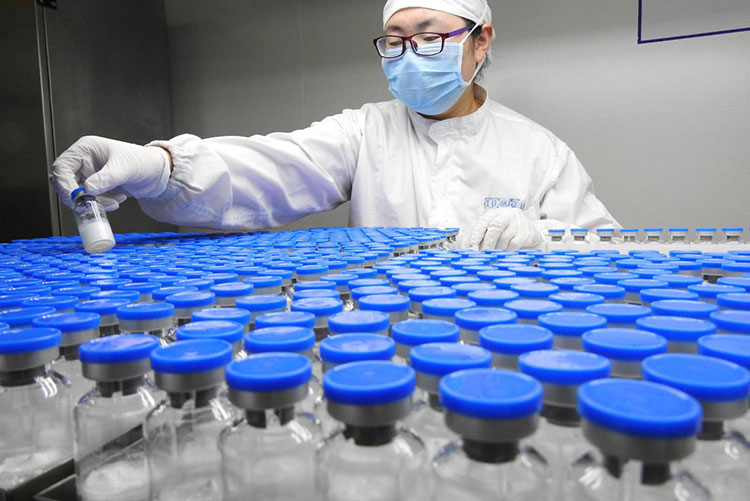
Manufacturing steps of chemotherapy drugs for liver cancer- Picture courtesy: The Japan Times
There are the following basic steps of chemotherapy drugs for liver cancer. For example:
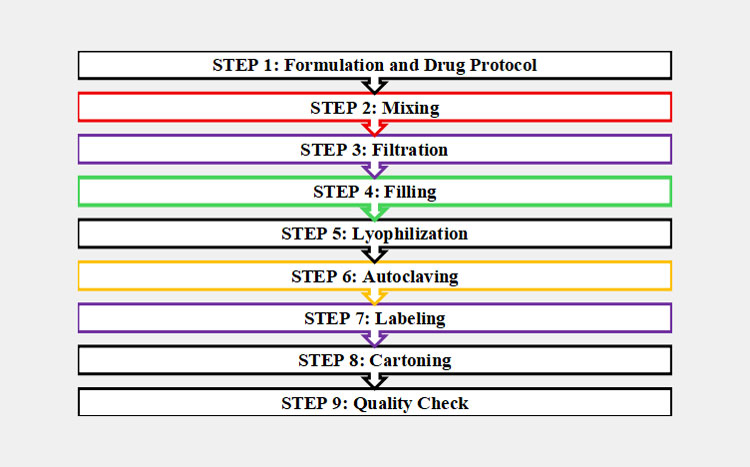
STEP 1: Formulation and Drug Protocol
The amount of active ingredient, the volume of solvent, the concentration of other ingredients, mixing time, percentage, storage, filling speed, etc all important steps designed and are first sketched before starting the manufacturing of chemotherapy drugs for liver cancer.
Synthesis of Active Pharmaceutical Ingredient
There are two types of active ingredients used in the chemotherapy drugs for liver cancer, one is natural and other is synthetic. The plant-originated moieties are mainly taken via the extraction of plant and their parts. For the synthesis of chemical or lab-derived molecules are synthesized in scientific labs by implementing chemical reactions. They are mainly utilizing pure compounds and assessing their response on cancerous cells.
| Natural Active Pharmaceutical Ingredient | There are various anti-cancerous agents that are obtained from natural sources, such as vincristine, vinblastine, and podophyllotoxin are famous chemotherapy drugs from plant sources. They are taken from a long series of steps, including extraction, freeze drying, purification using HPLC, and the final fraction of active ingredients is attained. |
| Chemical Active Pharmaceutical Ingredient | They are actually synthesized in the laboratory through chemical reactions and processes. For example, cisplatin is mainly prepared from chemical reactions of metal-based substances positive impact on the reduction of cancer cell progression. |
STEP 2: Mixing
The active ingredients with various excipients interact by the help of a mixer. The purpose of this step to get a homogenized and evenly distributed formulation where all particles are uniformly dispersed to provide an effective output.
STEP 3: Filtration
The prepared formulation is passed through a filtration medium to minimize the chances of having contaminants and large particles. In this case, the ultra-fine filtration medium is used where the risk of passing microbes is minimal, and an extra sterility protocol is required.
STEP 4: Filling
The sterile machines are used for the filling of prepared formulation. The typically used packaging material for chemotherapy drugs for liver cancer is vials and ampoules. They are accurately filled and sealed in a sterile environment.
STEP 5: Lyophilization
Soon after filling, the freeze drying is done to evaporate the water content and preserve the active pharmaceutical ingredient for a longer time. The process is done under reduced pressure and vacuum conditions with reduced temperature. By this, the process of sublimation takes place in which water content is converted to ice and removed so leaving the dried product behind.
STEP 6: Autoclaving
For the sterilization, the formulation is passed through autoclaving. By this, the presence of microbes is eliminated as it works by temperature of 121°C for period of 15 minutes (mostly), which is ideal to kill microorganisms and keep the preparation sterile.
STEP 7: Labeling
This is an important step in applying labels to the containers of chemotherapy drugs for liver cancer. The purpose of labeling is to provide knowledge about the brand, medication, precaution, etc.
STEP 8: Cartoning
To protect the entire product of chemotherapy drugs for liver cancer, it is placed inside the carton. This is the final step where the product is not only safe but also ensures it is ready to distribute and safe from the risk of breakage.
STEP 9: Quality Check
The final product before sending to distribution and marketing is passed through the ‘quality control’ and ‘quality assurance’. The purpose is to test them and ensure it is fully compliant with regularity standards and safe for patients. Also, product quality, leakage, errors, etc, are evaluated, and batch rejection or acceptance is based on quality check. Therefore, you get a precise and correct product.
8.What machines are used for chemotherapy drugs for liver cancer?
The number of machines used in chemotherapy drugs for liver cancer are described below:
| Biological Safety Cabinets | Biological safety cabinets play a key role in handling cytotoxic chemotherapy drugs. It works by directing airflow through HEPA filters to maintain a sterile environment, while negative pressure prevents hazardous particles from escaping the cabinet. This sterile environment protects both the operator and the product. | 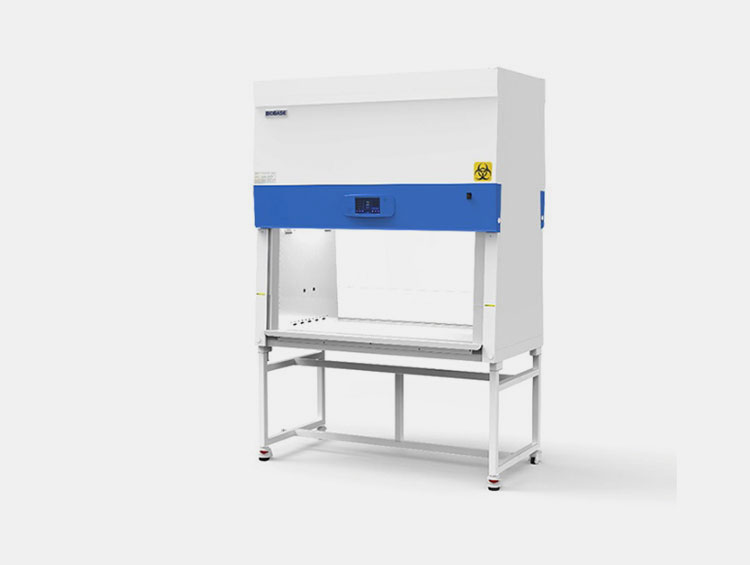
Biological safety cabinet- Picture Courtesy: BioBase |
| Filtration and Purification Systems | The filtration and purification system includes sterile 0.22-micron filters, which are used to eliminate contaminants and microbes and purify the drug solution by removing additional impurities, ensuring the product’s safety and sterility. | 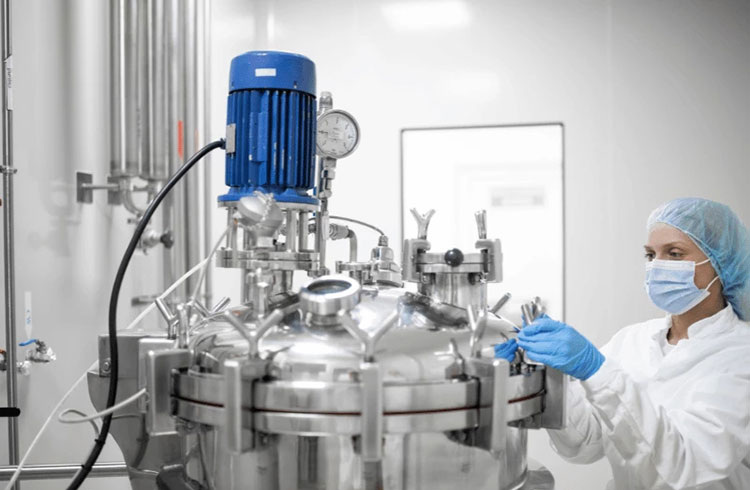
Filtration and purification in the pharmaceutical industry- Picture Courtesy: American Fabric |
| Vial Filling Line and Prefilled Syringe Filling Line | This integrated filling system is used to precisely fill the chemotherapy drugs for liver cancer into sterilized vials or syringes. The vial filling line ensures accurate dosing while minimizing spillage or wastage of product.
For syringes, the machine includes a filling section, a stoppering unit, a plunger insertion area, and inspection unit. |

Aipak Engineering Vial Filling And Capping & Prefilled Syringe Machine |
| Lyophilizer | Lyophilizers, also known as freeze-dryer eliminate moisture from heat-sensitive chemotherapy drugs for liver cancer through the process of sublimation. This technique is used to improve shelf life and stability of chemotherapy drug. It is most suitable for heat-sensitive chemotherapy drugs for liver cancer, like sorafenib. | 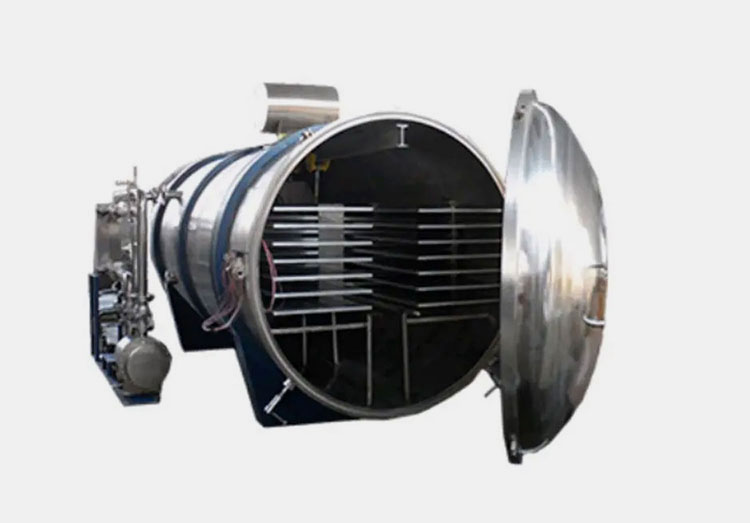
Aipak lyophilizer machine |
| Pharmaceutical Autoclave | Pharmaceutical autoclaves are automated machines that use high-pressure saturated steam, usually at a temperature of 121 °C, to sterilize equipment and glass vials. These machines are essential to maintain sterile environment which comply with Good Manufacturing Practices (GMP) requirements. | 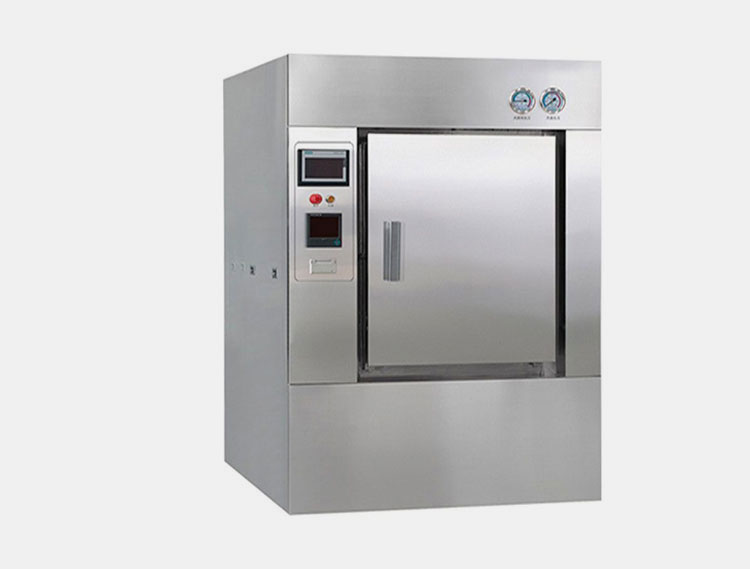
AIPAK Engineering Pharmaceutical Autoclave Machine |
| Labelling Machine | These labelling machine automatically apply printed labels that include batch number, drug information, and expiry dates onto each vial or syringe. They are essential to enhance efficiency and prevent manual errors. | 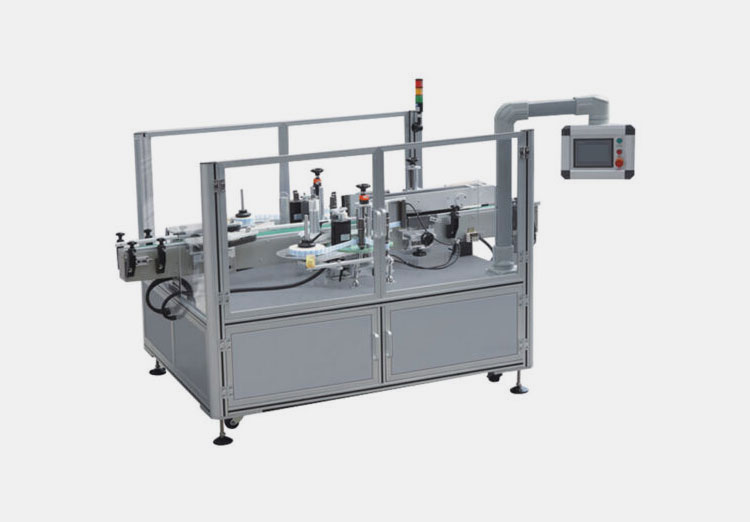
AIPAK Automatic Labelling Machine |
| Cartoning Machine | Cartoning machines are used to package chemotherapy drugs for liver cancer, including vials and syringes, into protective cartons. The machine works by assembling flat blanks into cartons, loads the chemotherapy drug inside, and seals them for further transport. This process ensures safe cartoning and tamper evident sealing. | 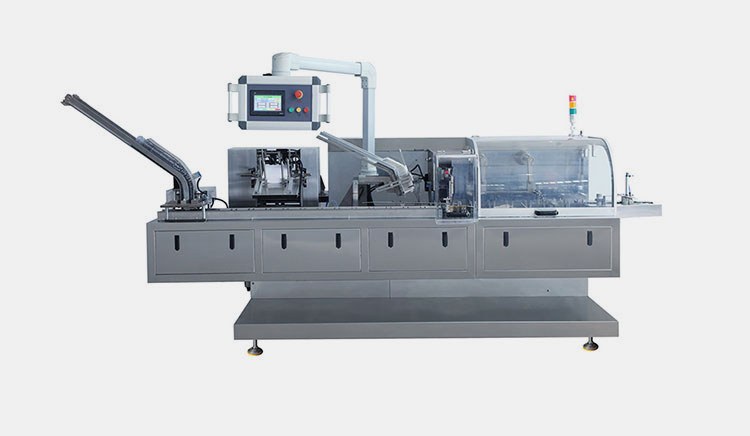
AIPAK automatic cartoning machine |
9.How are chemotherapy drugs for liver cancer reconstituted?
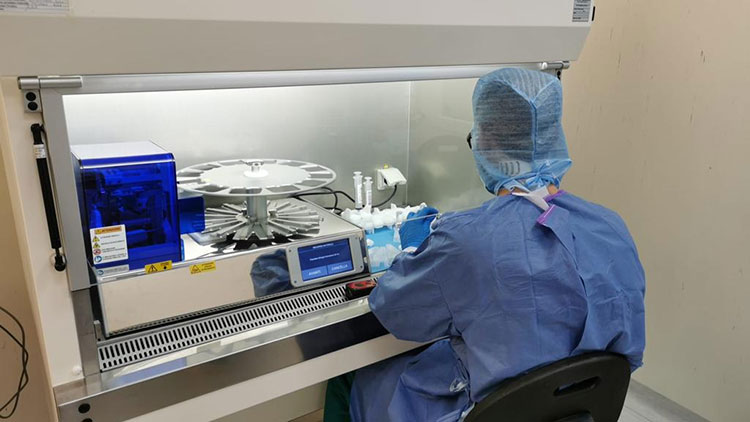
Reconstitution- Picture Courtesy: Axis Medical
The chemotherapy drugs for liver cancer are not directly administered to the patients. You have reconstituted them, and it is not easy to handle them; rather, you need to follow rules and protocols. This is necessary to avoid side effects exerted by medication, which can harm the normal cells. The method of reconstitution of drugs is described below:
Aseptic Working/Pharmaceutical Clean Room
The chemotherapeutic drugs for liver cancer are reconstituted in an aseptically cleaned room using a biosafety cabinet where the chances of cross-contamination and personnel-related health risk are minimal. Also, you should properly utilize personal protective equipment to keep you and drug safe.
Chemotherapy drugs for liver cancer double-check
This is critical and essential role of pharmacist to attentively check the name of drug, dose, route, and its dose reconstituting medium (normal saline or dextrose). Estimation of patient BSA and prepare the right doses prior to reconstitute the medication should be significantly important. In this phase, you can apply the label on the infusion bag and double-check with a senior pharmacist.
Reconstitution Solvent
The commonly used solvents for reconstitution are purified water, normal saline, dextrose water or Ringer's lactate. The solvent must be sterile and purified for chemotherapy drugs for liver cancer dilution. Once everything is in your control, simply dilute it using a safety cabinet.
10.What are the available dosage formulations of chemotherapy drugs for liver cancer?
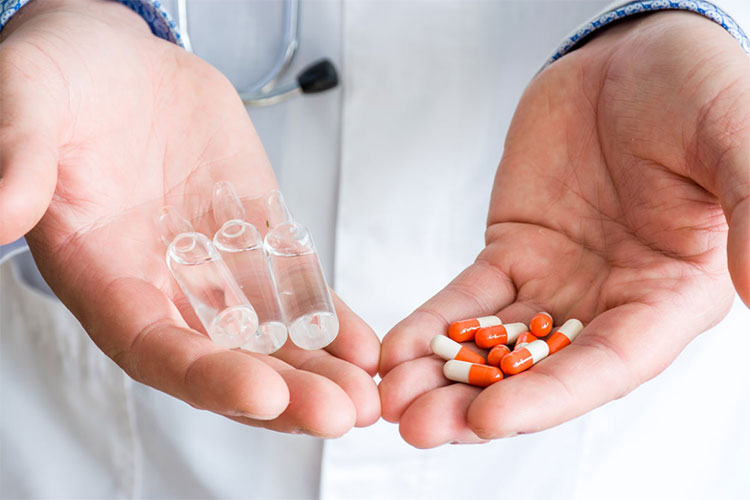
Intravenous and Oral Chemotherapy Drugs- Picture Courtesy: Cancer Today
Chemotherapy drugs for liver cancer are available in various formulations, as per the requirement such as drug type, treatment plan and how the drug is targeted to the liver. The most frequent options are mentioned below.
Injectable Formulations
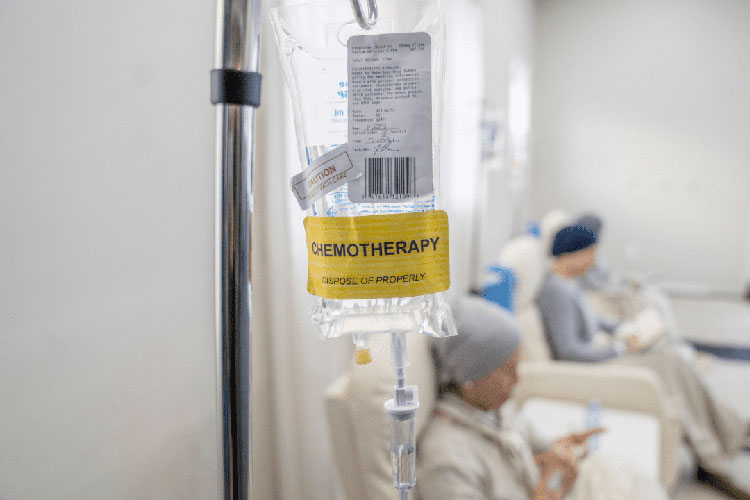
Chemotherapy IV medication bag- Picture Courtesy: Healthline
Injectable formulations are commonly used in chemotherapy treatment for liver cancer as they ensure precise and accurate administration of drug. These injections are given through different routes, depending on the specific treatment approach.
Intravenous Injections (IV)
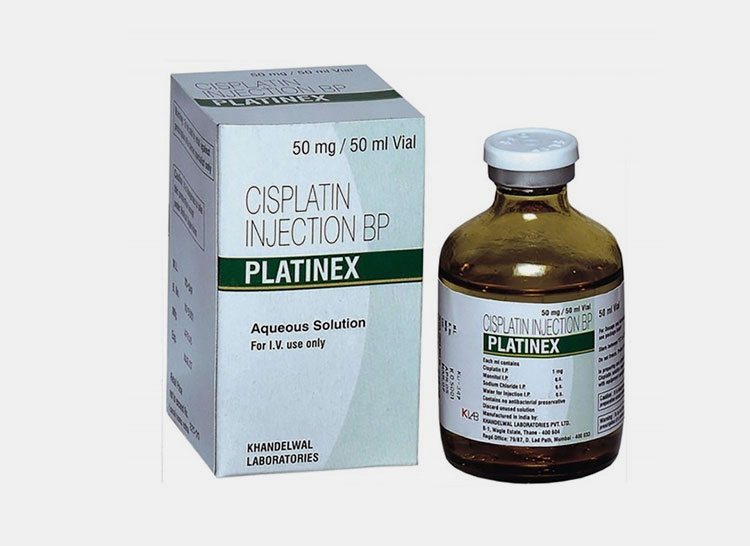
Intravenous
The drug is administered directly into the vein, allowing it to transport throughout the body through the bloodstream. This method targets the whole system.
Example: Cisplatin, fluorouracil (5-FU) and capecitabine etc.
Intra-Arterial (IA)
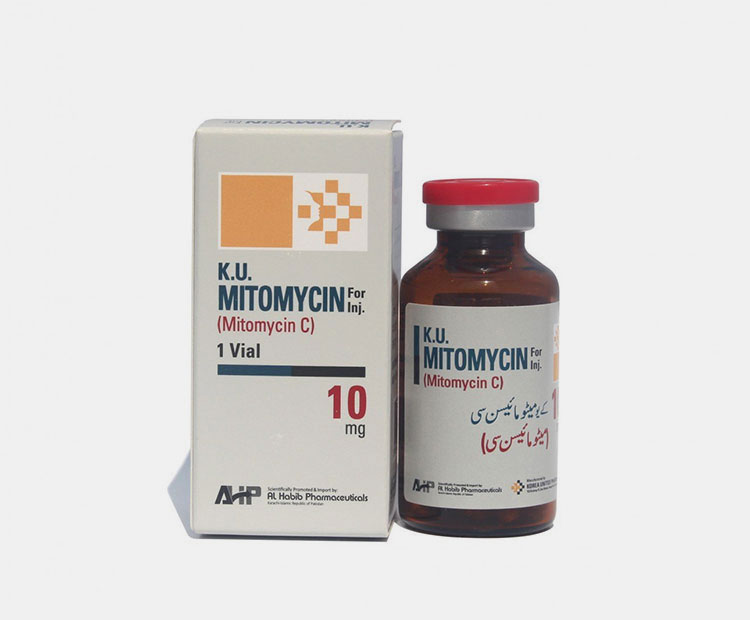
Mitomycin Vial
The chemotherapy drug is administered directly into the hepatic artery; whose function is to supply blood to the liver. This method delivers medication targeting the tumor precisely, often used in procedures like TACE (Trans arterial Chemoembolization).
Examples: Doxorubicin, Mitomycin C etc.
11.What are the common side effects of chemotherapy drugs for liver cancer?
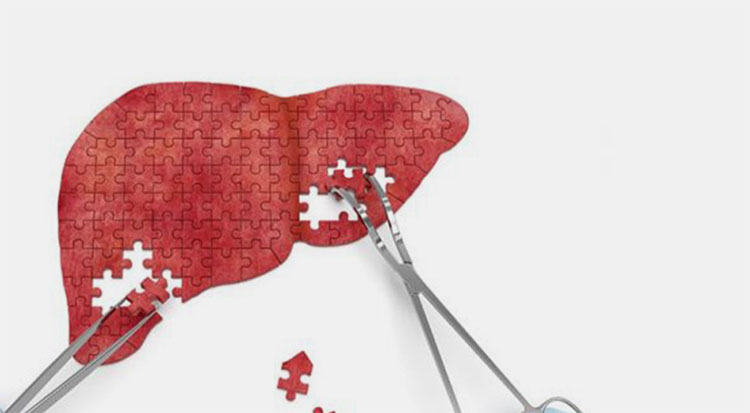
Liver Cancer- Picture Courtesy: John Hopkins Medicine
| Side Effect Type | Description |
| General Side Effects
Fatigue during chemotherapy treatment for liver cancer- Picture Courtesy: Daily Express |
These side effects occur because chemotherapy affects both cancer cells and healthy cells. Some of the general side effects are
Fatigue is a persistent feeling of exhaustion Nausea & Vomiting are common side effects of chemotherapy drugs especially with drugs like cisplatin. Loss of appetite common chemotherapy side effect, since the treatment affects digestive system. Loss of Hair occurs during chemotherapy treatment as it affects the hair follicles causing hair loss. Low Blood Count a common side effect during chemotherapy treatment for liver cancer, occurs as a result of drug affecting bone marrow activity. |
| Liver-Related Side Effects
Inflammation of liver- Picture Courtesy: Harvard Health |
Side Effects may occur directly on the liver, since the liver is the primary focus of treatment. Common liver side effects are
Jaundice a potential side effect of chemotherapy treatment, happens when liver function is impaired, resulting to a build-up of bilirubin, causing the yellowing of skin and eyes. Elevated Liver Enzymes a common side effect of chemotherapy treatment for liver cancer, causing liver irritation and damage. Liver Inflammation is a possible side effect of chemotherapy, happens when the liver tissue is damaged, leading to swelling of liver. |
| Side Effects of Targeted Therapy
High Blood Pressure- Picture Courtesy: eHealth Magazine |
Target therapy offer precision, but it can still affect the quality of life. Some of the common target therapy side effects are
Hand-foot skin reaction is a side effect of targeted chemotherapy, causing redness and peeling on the palms and also on soles. High Blood Pressure is a common side effect of targeted therapy, caused by the impact of the drug on blood vessel function. Diarrhea occurs when the targeted therapy affects the inner lining of the digestive tract. Weight Loss is a common targeted therapy side effect, often caused by loss of appetite or diarrhea. |
Conclusion
Liver cancer can be life-threatening if left untreated. The chemotherapy drugs for liver cancer are life lifesaver. In this article, we talked about the basics to advanced areas related to chemotherapy drugs for liver cancer. However, if you’re looking for technical and manufacturing-related queries or want to know the types of machines utilized for safe and sterile production, AIPAK Engineering is the one-stop solution. We are renowned for our excellent track record in providing advanced budget-friendly machines, absolutely ideal for the manufacturing of formulation. Looking for a quotation? Please contact our team for more help.
Don't forget to share this post!
CONTACT US
Tell us your raw material and project budget to get quotations within 24 hours.
WhatsApp Us: +86 181 7101 8586
 Tell us your material or budget, we'll reply you ASAP within 24 hours
Tell us your material or budget, we'll reply you ASAP within 24 hours


